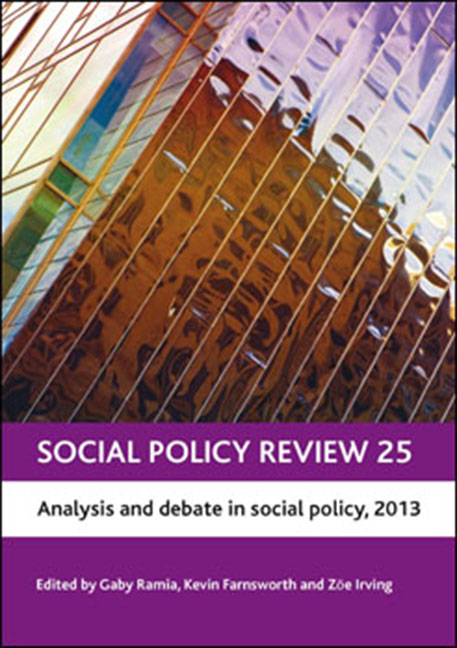Book contents
twelve - Precarious employment and EU employment regulation
Published online by Cambridge University Press: 03 February 2022
Summary
Introduction
Precarious employment is generally identified within the broader rubric of non-standard employment, which encompasses several forms of employment, including part-time work, fixed-term contracts, self-employment and agency work (European Industrial Relations Dictionary, 2011). These forms of non-standard employment are seen as integral to the strategy to increase labour market flexibility and participation in EU policy documents relating to the European Employment Strategy and the Europe 2020 framework, and have increased in several EU countries through explicit policies during the current crisis. This chapter makes a threefold argument. First, non-standard employment is not a homogeneous category in terms of employment characteristics and workers’ rights and security. Second, the scope and coverage of EU employment regulation of non-standard employment, in particular, EU Directives, do not afford protection to individuals in the most precarious employment. This is because these workers are not likely to be in a position to vindicate the formal rights afforded by such regulation, and many are in forms of employment not explicitly targeted by EU employment regulation. Third, precarious employment is a significant potential, and unequally shared, risk of flexibility strategies, and a commitment to combine security with flexibility, that is, ‘flexicurity’, in EU labour market discourse does not obviate this risk.
The immediately following section situates precarious employment within the employment spectrum. This leads on to identification of the major forms of non-standard employment and the associated EU regulation. It then explores EU Directives on non-standard employment, focusing on the extent to which they afford protection to workers in precarious employment situations. This is followed by identification of forms of non-standard employment not targeted by specific Directives, where the magnitude of precariousness is even more difficult to specify, such as homeworking and undeclared/black and grey market work. The concluding section situates precarious employment in the broader employment, economic and social context.
Standard, non-standard and precarious employment
The standard employment contract is usually defined as full-time, regular, open-ended, secure employment with a single employer, which incorporates standard working hours guaranteeing a regular income. Via social security systems geared towards wage-earners, standard employment provides ill-health and unemployment protection and public pension cover, and often supplementary occupation-linked pension coverage or the potential to purchase this on the market.
- Type
- Chapter
- Information
- Social Policy Review 25Analysis and Debate in Social Policy, 2013, pp. 227 - 248Publisher: Bristol University PressPrint publication year: 2013



